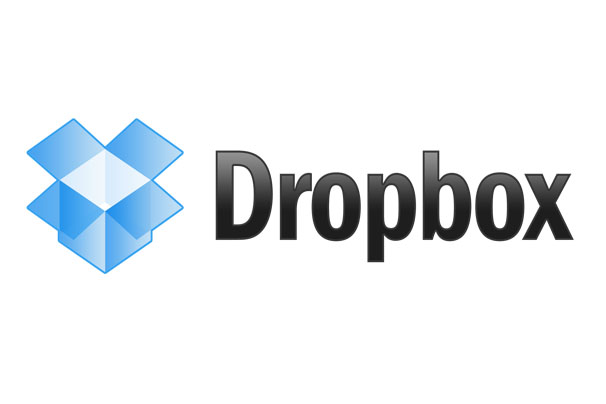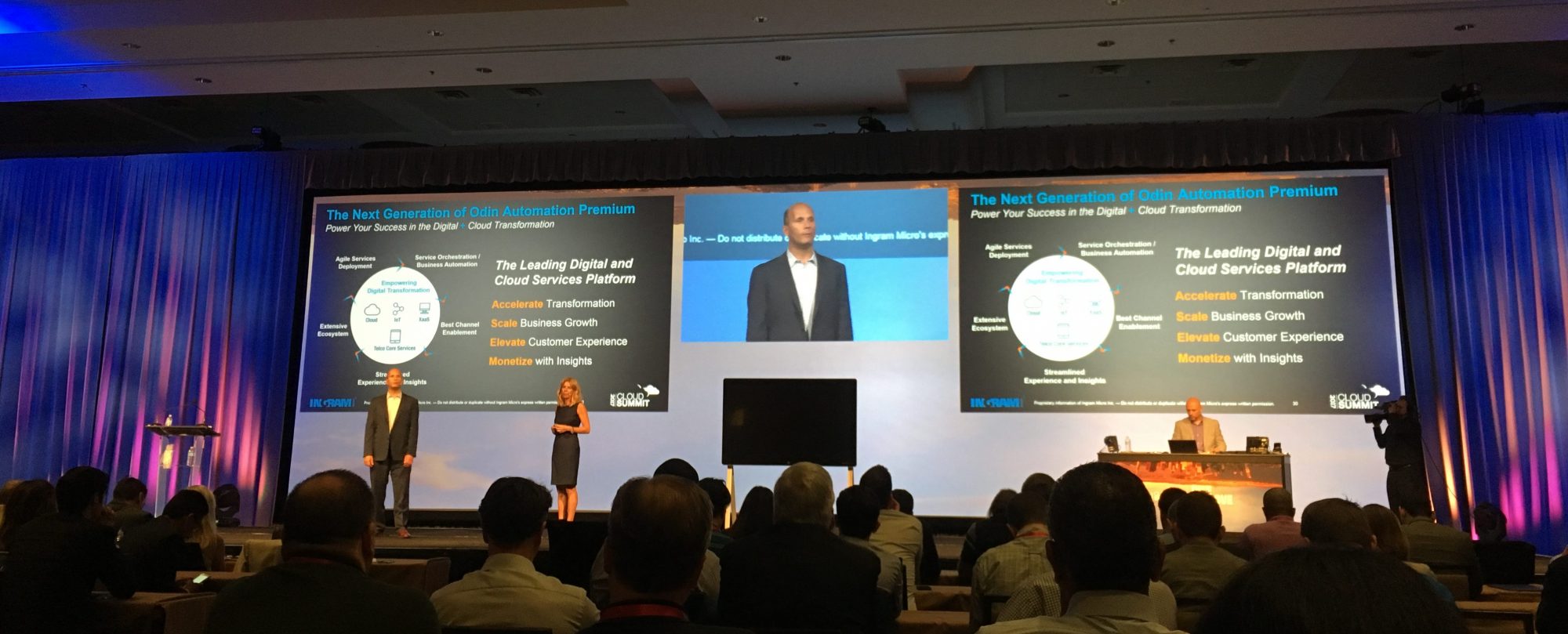When Thomas Hansen first started in the technology sector 25 years ago selling computer hardware in Denmark, he was strongly encouraged to use a software system that was flawed and hated throughout the office.
“It was a horrible system and we all hated it, but it was a condition of employment so we used it to its bare minimum,” he tells CDN. “I believe its human nature that, if you’re forced to use something and it has the slightest thing wrong with it, you’ll do your best to undermine and avoid it.”
Fast forward almost three decades to present day and Hansen is now the global vice president of revenue at US-based Dropbox, Inc., a company that has employed the exact opposite approach to successfully grow its brand into one of the largest file hosting and cloud storage systems worldwide.
“When the ‘bring your own device’ notion took off about five years ago, people started taking their own solutions that they had at home and using it at work and anywhere in between. Suddenly, we had a situation where majority of a company’s employees were all using the free version of Dropbox, and the IT department realized that with so many of their workers using the product happily, that it would be in their best interest to provide it to them with the right business security, management and support,” Hansen explains.
The former Microsoft executive says that this organic, internal expansion of Dropbox is the result of a shift from IT department-led innovation in companies to user-led innovation in the last few years. With so many people using Dropbox at work, it was like a foot in the door to a bigger, paying customer.
“We don’t need to go to any company and convince them of the merits of our product. All we need to do is tell them that 60 per cent, for example, of their employees are already bringing Dropbox to work every day, so why not invest in the business version that comes with better security and integration into other applications like Adobe, G-Suite, Office 365, Slack and Facebook Workplace?” he laughs.
The company, which will be celebrating its 10-year anniversary in June 2017, now boasts more than half a billion registered users globally. It is also in use in more than eight million business around the world and counts more than 200,000 organizations as paying customers, including 52 per cent of Fortune 500 companies. Additionally, according to a January 2017 announcement, the company has officially reached and surpassed a billion US dollars in revenue run rate.
“When it became popular for individuals to sneak programs they want to use onto their work phone or computer, a movement known as ‘shadow IT’, we started seeing companies give in and embrace what the user wanted and making sure that whatever it was could be well-integrated into existing platforms and solutions. It was a big change but it’s a win-win for us – we want to provide great services to both users and business decision makers,” he adds.
Now, Dropbox has turned to the channel to help expand its reach even further. Hansen says that the company “fundamentally believes” the only way to address millions of users and small-to-medium-sized businesses (SMBs) is through a scalable and pragmatic approach using distributors and resellers.
“We have half a billion registered users, so there’s massive opportunity for our channel partners and vendors to sell Dropbox both to their existing customers as well as leverage it as a new customer acquisition engine,” he says.
There are roughly 200 million SMB companies worldwide, Hansen continues, admitting that while he can’t call every single one on his own, this is where the channel comes in to help. The company partnered with high-tech distributor Ingram Micro as a global distributor in November 2015, which has more than doubled the number of resellers in Dropbox’s network. Dropbox now has close to 5,000 resellers in its partner network, and while it could not provide specifics, points out that this has caused the company’s net new annual recurring revenue to grow by triple digit per cent.
“Dropbox can’t hire a million sellers on its own, but what we can do is line up our product in the channel through Ingram Micro. In our case, they’re finding thousands of resellers for us, and if each reseller employs 10, 20, or more representatives, who in turn can go out and talk to hundreds of SMBs, it’s a classic scalable model. I compare it to the old analogy where if a village is hungry, you don’t catch the fish for them on your own, you teach them all how to fish so they can provide for themselves,” he explains.
Hansen notes that Ingram Micro has been a very good partner for Dropbox, and that with its close relationship with Microsoft, another partner of Ingram, it’s been a “perfect marriage” so far. In an effort to reach more customers, Ingram has even bundled Microsoft 365 and Dropbox together as a package for its resellers in the cloud marketplace.
However, Hansen highlights that a big challenge Dropbox faces is the fact that many of these SMBs don’t actually have an IT department, but instead rely on a general employee, family member, or friend who may know a little about tech to help them find the right solutions.
“The majority of SMBs that fall into this category rely on trusted resellers in their immediate vicinity, so we’ve made a push to accommodate these local resellers, and make sure that they see the benefits and value of working with Dropbox,” he emphasizes to CDN.
Hansen adds that Dropbox is also working on reaching the roughly 100 million SMB companies worldwide that are currently not computerized yet. When those companies are ready to embark on their digital transformation journey, he says, they will likely go straight to the cloud, where Dropbox will be waiting to help them get started.
In the meantime, the company is investing “a lot” of effort into its ecosystem of integrating the Dropbox solution with other vendors and applications, Hansen continues. The company announced a partnership with Facebook Workplace, for example, in April 2017, and is already integrated with the likes of Microsoft Office 365, Google G Suite, team chat platform Slack, and more.
Looking ahead, Dropbox hopes to become the biggest cloud storage and file hosting providers, and is well on its way to doing so.
“Our biggest competitors are Google Drive and One Drive from Microsoft, and neither of them are leaders. That’s a fact, it’s not me being obnoxious – we’re leaps and bounds ahead of any competition in the world of cloud,” he says with a smile. “Moving forward, we’re focused on ramping up our number of daily, weekly, monthly and quarterly active users, which are all categories we’re already leading, and just continuing to be ahead of the pack in terms of file transfer speeds, synchronization rates and customer satisfaction.”






